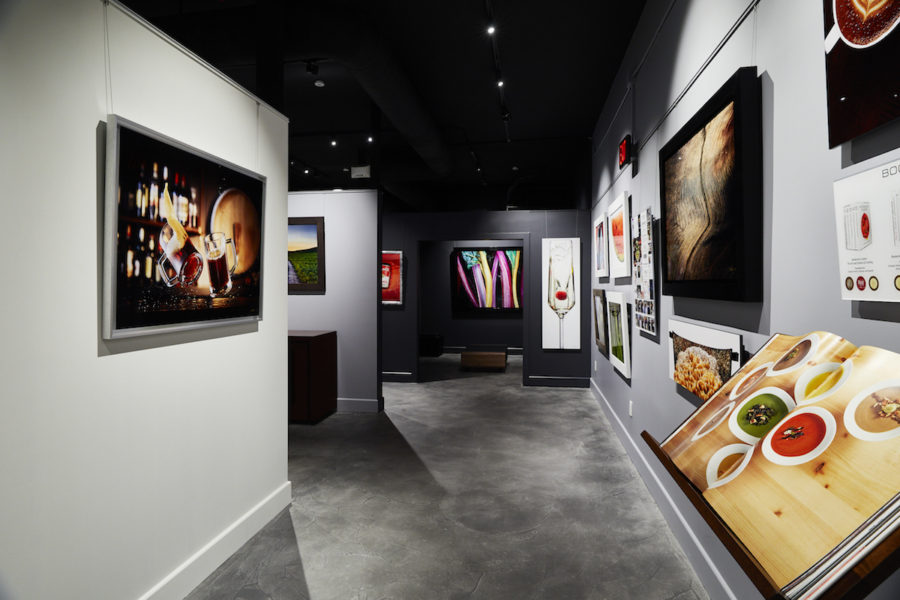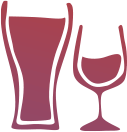Nathan Myhrvold Talks Food Photography and his New La Jolla Gallery, Modernist Cuisine

Former Microsoft executive Nathan Myhrvold may be one of the most intelligent people in the business – a physicist, mathematician, inventor and visionary in the world of patents, and co-author of a series of fascinating and well-researched books including Modernist Cuisine: The Art and Science of Cooking, Modernist Cuisine at Home, and the forthcoming Modernist Pizza. Myhrvold’s newest venture comes with a twist, bringing his passion for food, photography, and science to life, with the opening of Modernist Cuisine, a gallery dedicated to his food photography in the heart of La Jolla, San Diego.We caught up with Nathan to discuss all things food photography and what you can expect when visiting Modernist Cuisine.
You’ve been working on some exciting new projects recently. Congratulations on opening your new gallery in La Jolla! Tell us about your favorite art piece in Modernist Cuisine?
I love all of the artwork in the gallery, but I love them in different ways. My goal is to show a vision of food you don’t normally see. I enjoy anything that reveals an unexpected or new point of view. We all see food multiple times a day, but that doesn’t mean we really look at it. Food is a regular part of people’s lives, but it’s very easy to take it for granted and miss the fascination that can come from this incredibly familiar thing.
I know your goal when opening the gallery was to show people food through your perspective. What makes Modernist Cuisine different?
About a decade ago I decided to create my first cookbook Modernist Cuisine: The Art and Science of Cooking. I saw an exciting opportunity to do something new in food photography and portray food in new and unexpected ways that simultaneously draw readers in and best illustrates the science of cooking. I wanted to show people the beauty of food, but do it in a way that had never been seen before. At Modernist Cuisine, we’ve made the impossible possible when it comes to food photography. From cutting cooking equipment in half, using high-speed photography and researching microscopes to capture food from alluring perspectives, and turning simple ingredients like blueberries into monoliths with macro lenses. I am continually experimenting with new techniques and technology. I also custom-build cameras and lenses, write my own software, and design one-of-a-kind tools, like the robots I utilize for capturing liquids in motion.
What inspired your fascination with food and photography?
Since a young age, I’ve always been interested in food and photography. At age nine, I cooked Thanksgiving dinner for my family using cookbooks from the library, and at age 11, I bought my first camera from a thrift store—a Zeiss Contax II. I’ve always enjoyed doing things differently, so combining food and photography with another passion—science—has allowed me to continue pursuing what I love in a way that’s all my own.
Do you have any tips for those wanting to get into food photography?
Good lighting and angles are important when capturing food photography. In restaurants, find a big window with diffused and indirect lighting. If you have to use flash, use a napkin or menu to bounce the light off it and make it diffuse. Remember, the angle in which we usually view dinner doesn’t produce the best photographs. For food that’s flat and wide, shoot the dish from above. If the food is tall and narrow, get down low and shoot it from the side.
If you weren’t photographing food, what else would you be photographing?
I think connecting people with food and the landscapes it comes from and the places in which it’s consumed is incredibly intriguing. That’s why you’ll find dramatic photographs of wheat fields in the Palouse region, orchards of California almond trees in bloom, and the buzz of Bourbon Street in the gallery. I take a camera everywhere I travel so that I can capture anything that catches my eye, which in addition to food, often includes nature and animals.


